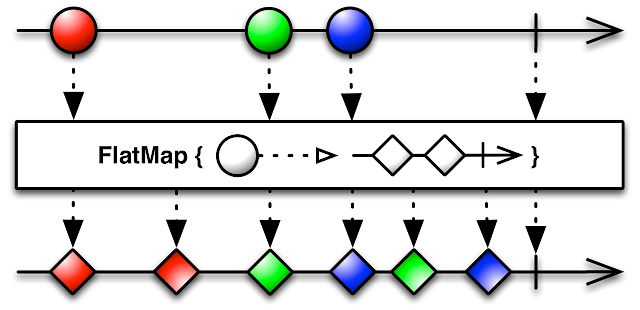ReactiveX Asynchronous Programming In Java

ReactiveX Asynchronous Programming In Java There is a much detailed blog about ReactiveX of myself, checkout here . Table of Contents What is Asynchronous programming? Ways of Asynchronous programming in java Java Callback functions Java Future Benefit of RxJava 1 What is Asynchronous programming? The asynchronous issue exists, because of the blocking nature of every activity in reality. Every operation consume time, in theory, computers need to take at least one frequency to execute one instruct, it takes time between every oral conversation in the speed of voice at least. That's the blocking nature of this world, and the most valuable resource of all is the time. Some times the computer cannot wait for that longer for the blocking API, like in network communication, it waste of the computer resource so much. The another reason is the event-based scenario. In a network connected chatting app, program listens for every coming data continuously and output

